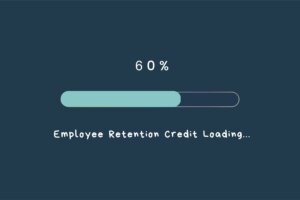Email is a very measurable tool, and it’s important that you measure your results so you can report on the effectiveness of your email program. In this post, I’ll suggest the most meaningful metrics for you to view your email program’s success as a whole. I like to measure this and report it on a monthly basis. In the previous post, I showed you how to examine an individual message’s results against previous emails.
Number of Subscribers: You should have a plan in place to attract new subscribers to your email messages, and so you should be building your subscriber base each month. You probably need to grow at a rate of 1% each month just to maintain the same number of subscribers, because about that percentage of readers change email addresses or unsubscribe (about 20% per year)
Delivery Rate: Most inexpensive email tools do not automatically mark an email address as “undeliverable” after a set number of bounces or failed attempts. It’s of no use to anyone to build up a file of bad email addresses. Remove undeliverable addresses from your file quarterly if you’re paying for your tool based on the number of email addresses in your file. If there are spikes in your undeliverable rate, it may represent a technical problem with the tool you are using.
Don’t believe that “Sent – Bounced = Delivered.” The “delivered” quantity in your email report is the quantity of emails that your email tool delivered to the internet service providers of your subscribers. Unlike the post office, which delivers each piece of mail to each household, no matter how irrelevant, internet service providers regularly discard many emails that they think might be spam. They don’t tell the sender, nor the intended recipient. Some internet service providers (Yahoo!, AOL, Gmail) put some email messages in a “Spam” or “Junk Mail” folder based on their content. Microsoft Outlook does that as well. Many users don’t ever look in those folders. You need to test your email using spam scoring tools to reduce the “spam score” of your emails.
Unsubscribe Rate: Generally individual email messages result in less than 1% of readers choosing to unsubscribe. Look at how your rate is fluctuating over time. If your rate is increasing, perhaps people are no longer feeling your content is relevant or interesting. Too many emails isn’t the problem; too many uninteresting emails is the problem. If all of your email messages are donation appeals, people will just delete them politely from their inbox, and after awhile they’ll decide to unsubscribe to reduce their need to delete them. You need to vary the messaging and subject lines in order to keep their interest high.
Questions about how to measure your email results? Or, how to improve your results? Ask Me.
=-=-=-=-=-=-=-=-=-=-=-=-=-=
Rick Christ has been helping nonprofit organizations use the internet for fundraising, communications and advocacy since 2009, and has been a frequent writer on the subject. He delights in your questions and arguments. Please contact him at: RChrist@Amergent.com or at his LinkedIn Page















